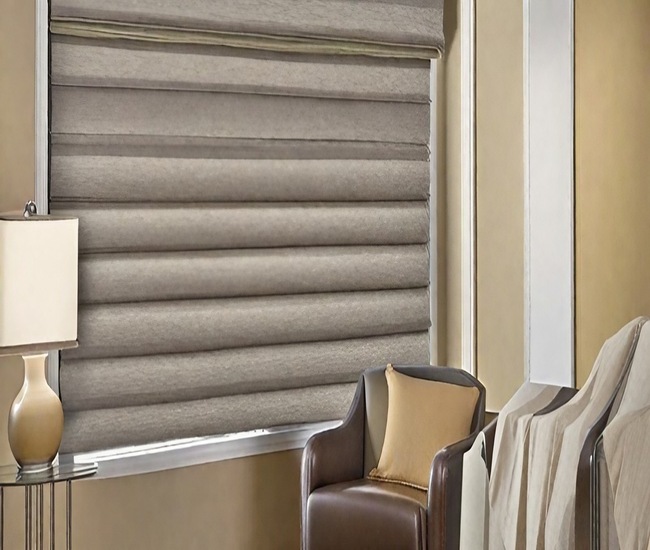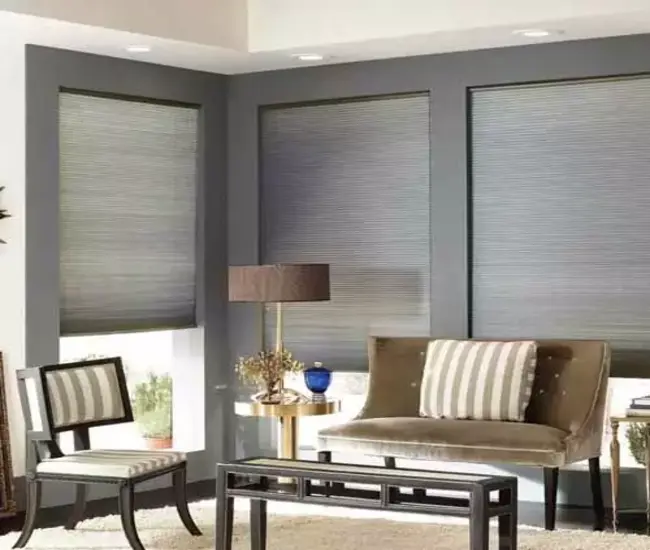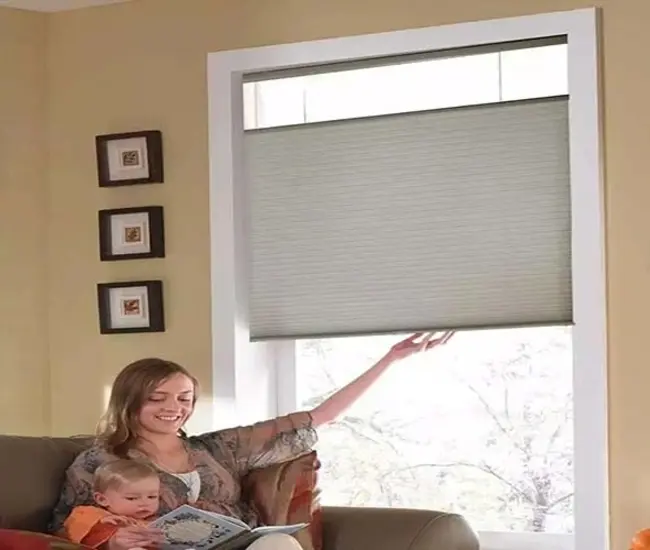Cellular Shades
-
How Cellular Shades are Made: The Manufacturing Process
More Details: How Cellular Shades are Made: The Manufacturing ProcessIf you’re looking for window treatments that offer both style and function, cellular shades are a great option. Also known as honeycomb shades, these shades are made of two or more layers of fabric that are joined together to form air pockets. This gives the shades their distinctive honeycomb shape and helps to insulate your…
-
7 Best Noise Cancelling Blinds, Shades and Window Treatments
More Details: 7 Best Noise Cancelling Blinds, Shades and Window TreatmentsIs your bedroom next to a busy street, have noisy neighbors, or have a home office or classroom that could be quieter? Looking for the best blinds, shades, curtains, and shutters to soundproof your room ? Here are 7 best noise canceling blinds, shades, and window treatments that will absorb sound, helping you make your…
-
Top Down Bottom Up Cordless Cellular Shades: How They Work
More Details: Top Down Bottom Up Cordless Cellular Shades: How They WorkTop down bottom up cellular shades are one of the most popular types of window treatments available on Affordable Blinds. Cellular shades have been around for a long time. They are great for a number of reasons. For starters, they are one of the most energy-efficient window treatments on the market. By using the honeycomb…
-
Why Choose Cellular Shades
More Details: Why Choose Cellular ShadesEveryone has their own preference when it comes to choosing their home decor, though when it comes to attractive window treatments, many people can agree that cellular shades are some of the best window treatments around. With nice, crisp pleats and precise fits that are perfect for almost any window, it seems like…
-
Why Choose Cellular Shades Over Other Window Treatments?
More Details: Why Choose Cellular Shades Over Other Window Treatments?When it comes to choosing window treatments for a home or office, everyone has their own needs and preferences. While every type of window treatment has advantages and disadvantages, one thing we definitely believe to be true is that cordless top down bottom up cellular shades are some of the most attractive window treatments on the online…
-
Cellular shades: Best Insulating Blinds | R-value Up to 5.0
More Details: Cellular shades: Best Insulating Blinds | R-value Up to 5.0Using Cellular Shades to Insulate Your Windows The incoming winds and cold, dew-dropped mornings tell us one thing: WINTER IS COMING. One of the best ways to optimize the energy-efficiency in your home is to cover your windows. This will help to reduce your heating bills while keeping your home feeling stylish and cozy. One…
-
Custom Cellular Blinds
More Details: Custom Cellular BlindsOne of the best approaches when it comes to constructing a roman styled window screen is to keep it as simple as possible. Even the custom cellular shades can be approached in simple ways that allow the very nature of the blackout cellular shades to be accentuated most of the time. The best return for…
-
Factors to consider when shopping for honeycomb shades
More Details: Factors to consider when shopping for honeycomb shadesNews of events is always a premium product when it so happens that the information can influence the way forward. This could apply to situations where the data can decide the spending patterns and also the manners in which a sale of the best top down bottom up honeycomb shades product gets to be determined. There are…
-
4 window treatment effects to spice up any room
More Details: 4 window treatment effects to spice up any roomA particular feature of the cordless blackout cellular shades, in that they do have a thick shape that is missing in the more common of roman type window covering. This would call for attention to be focused in disguising this shape most of the time. In the case of the cordless top down bottom up blinds;…




